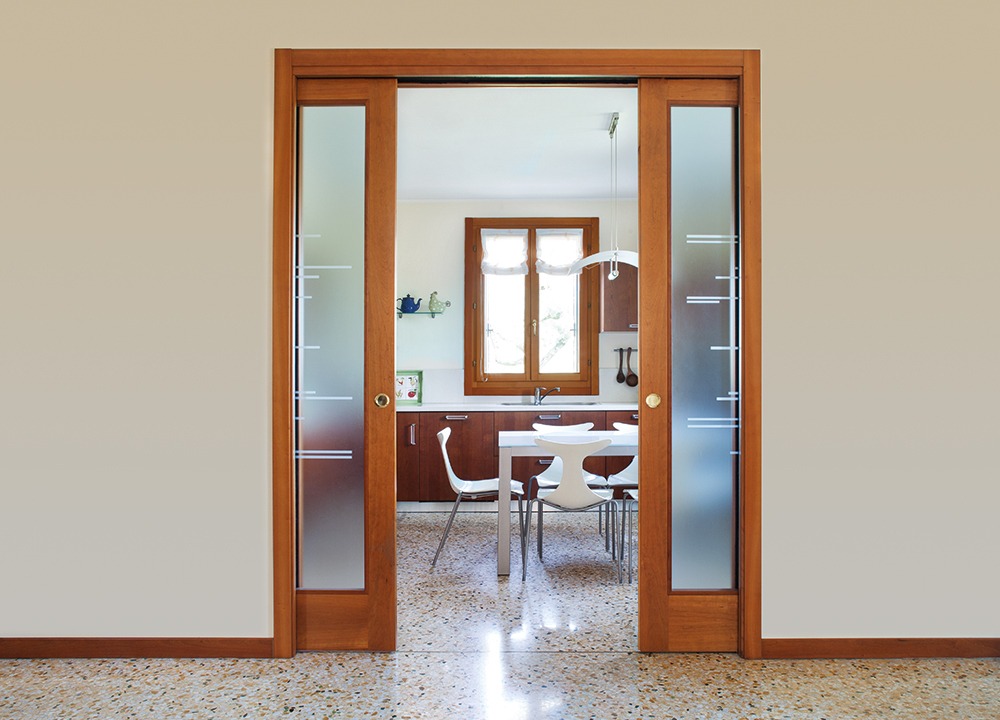
Why Choose a Pocket Door?
When remodelling a home, you need to make a few decisions. It would be best to decide how you want the rooms to look, how you want them to work, and how you want them to flow into each other. You might not have considered the type of door you use, and that’s probably one of the most important factors worth considering.
How you use doors can significantly affect the rooms more than you might realise. Traditional doors take up space. They close off areas and require you to keep an area free so they can swing into that space. This is restrictive for many types of rooms – particularly in smaller homes. Single or Double Pocket doors open up a range of new options, making your home more accessible and spacious.
If you are still on the fence about choosing pocket doors for your home, we’ll examine a few reasons to consider them in this article.
What are pocket doors?
A single pocket door is a sliding door that fits inside your wall. They disappear into a pocket within your wall. A pocket door runs on a rail or track that runs either on the ceiling or on the floor and ceiling for better stability. You can fill any interior space with pocket doors, although more expansive areas may need a double door.
At the Pocket Door Company, we sell a variety of pocket doors, which means there are ones for all types of spaces.
Is a pocket door right for my house?
Pocket doors provide you with a versatile option for the design of your space, offering a sleek and convenient space saving solution. Depending on what door you choose, you can make the feature a statement or simply have it blend into the room. Aside from being space saving, a pocket door can crucially change the design of a room, making it possible to turn a space into whatever you wish by minimising wasted space – ideal for smaller properties.
Do I need planning permission for pocket doors?
You are unlikely to need planning permission to fit a pocket door. The only time that you need permission is if you are renovating a listed building. While there are different grades of listing and different regulations, you should ensure that you do not damage any protected areas of the original building. This might cover the skirting board, the architrave, or the floorboards. If you damage or remove these, you will probably need to ensure that your renovations are in keeping with the rest of the property.
How do I design around a pocket door?
Pocket doors are used in more than just smaller spaces. They can also lend a sense of flow to a series of rooms. Pocket doors – when open – provide a clear pathway between different areas while still enabling you to close areas off when you want.
You can even use them to continue a design or decorative scheme you have used throughout the room. Due to the design of a pocket door, you can cover them with the same wallpaper or paint you have used throughout the room to continue a design theme.
The Pocket Door Company
Pocket doors are an easy way to maximise space. However, there is more to them than that because of their versatility. They are particularly suitable for people who use wheelchairs. They can be used to section off areas of a room, such as an alcove that you use as a home office.
Whatever you need a pocket door for, the Pocket Door Company can help you.
Get in touch to discuss your options.